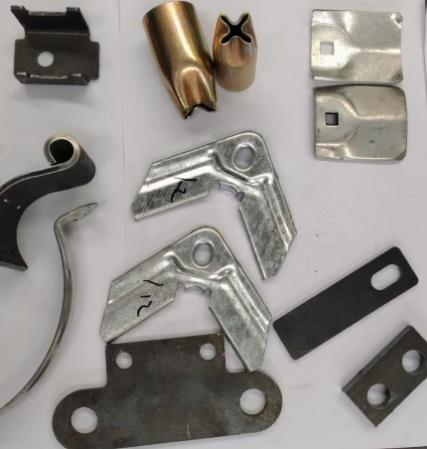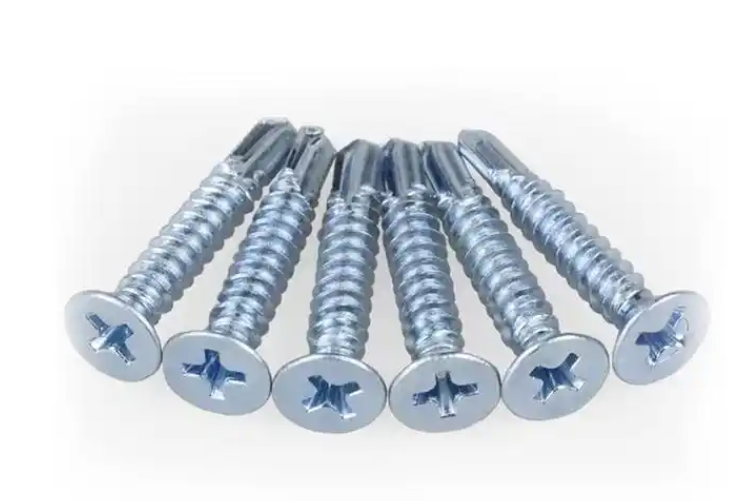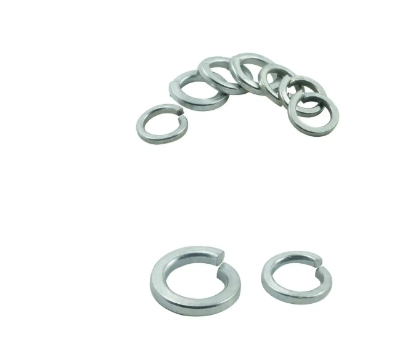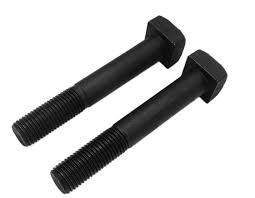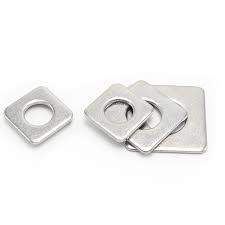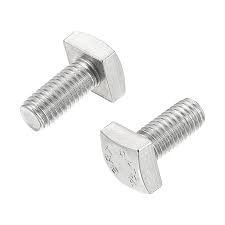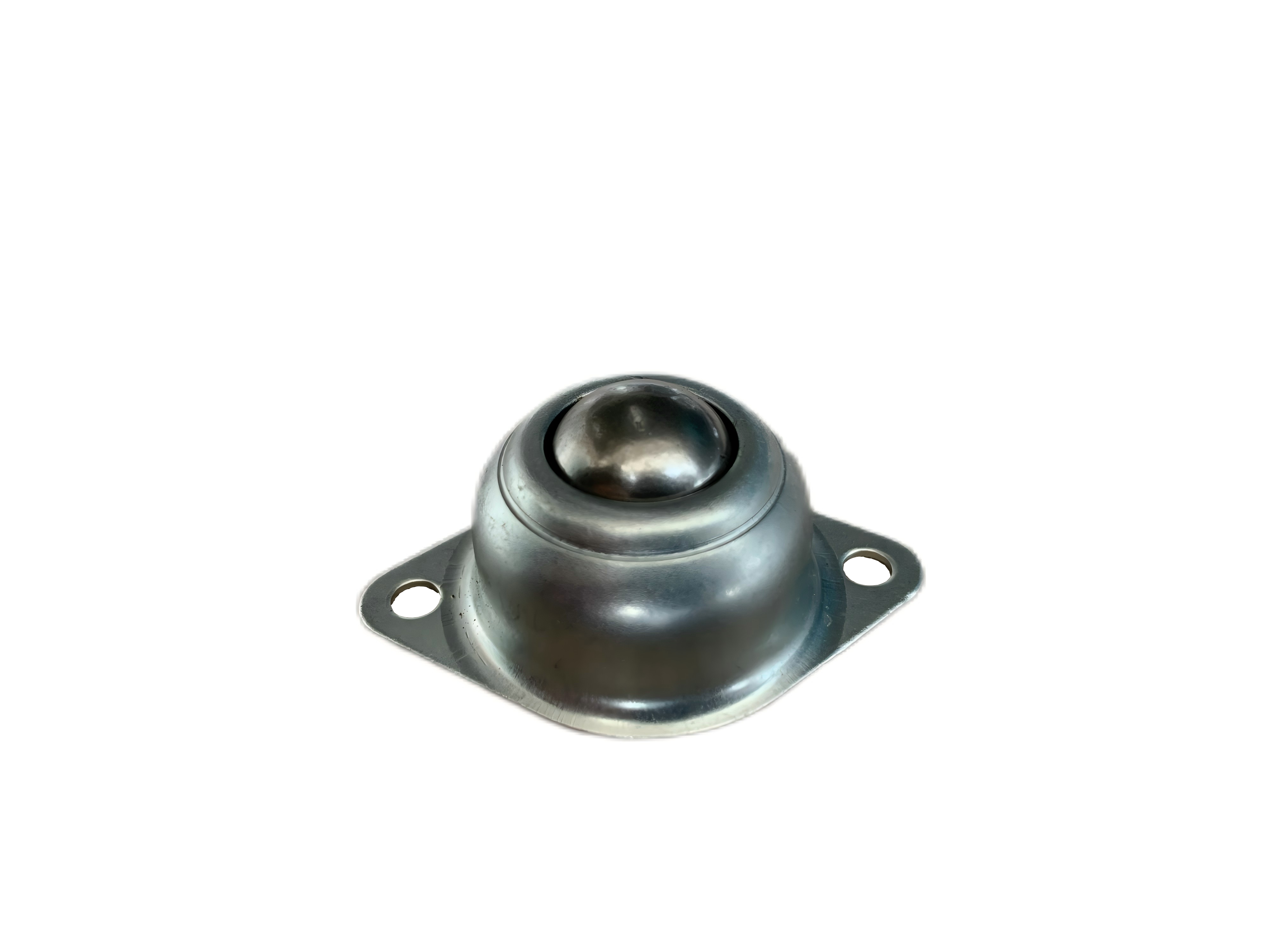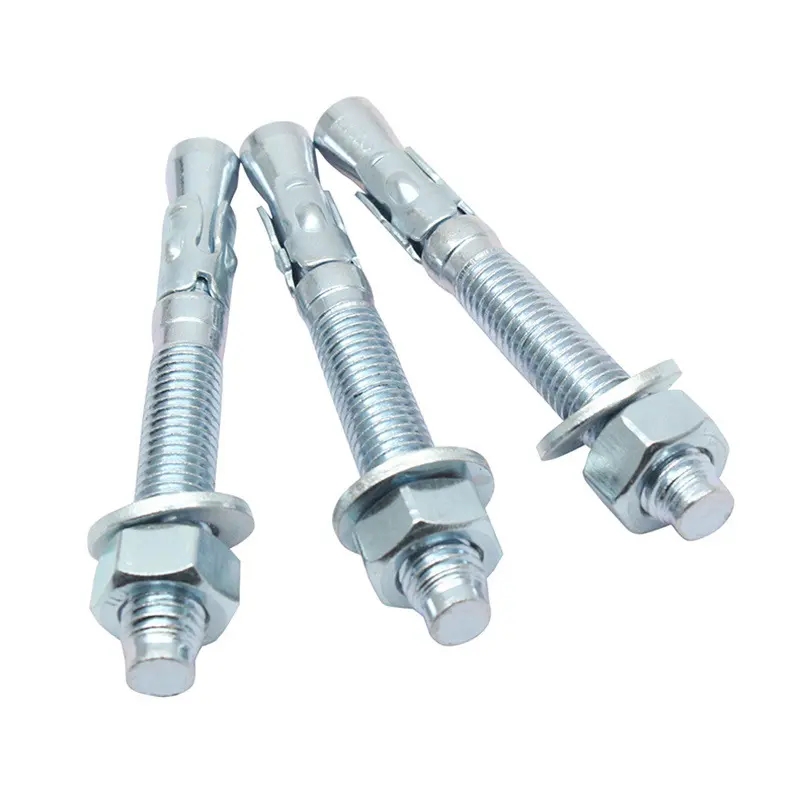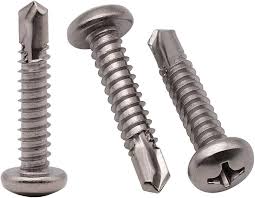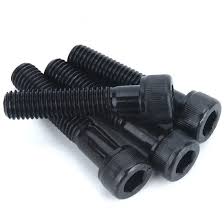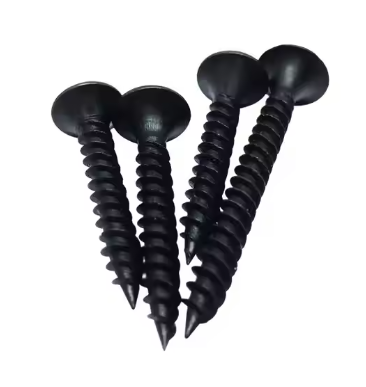

This comprehensive guide explores everything you need to know about eye hooks, from their different types and applications to choosing the right one for your specific needs. We'll cover material selection, load capacity, installation techniques, and safety considerations, ensuring you have a complete understanding of this versatile fastening solution. Learn how to select the perfect eye hook for your project and utilize it safely and effectively.
Eye hooks are manufactured from various materials, each offering unique properties. Common materials include steel (often galvanized for corrosion resistance), stainless steel (providing superior corrosion resistance), and brass (ideal for applications requiring non-magnetic properties). The choice of material depends heavily on the intended application and the surrounding environment. For example, a galvanized steel eye hook might be suitable for indoor use, while a stainless steel eye hook would be preferred for outdoor or marine applications where corrosion is a significant concern. The strength and durability of the eye hook will vary based on its material composition. Always check the manufacturer's specifications for the exact load capacity of the chosen material.
Eye hooks are available in a wide range of sizes, measured typically by the diameter of the eye and the length of the shank. The size directly influences the load capacity of the eye hook. Larger eye hooks naturally have a higher load-bearing capacity. Choosing the appropriate size is crucial for ensuring the safety and integrity of any application. Overloading an eye hook can lead to failure, potentially causing damage or injury. Always consult the manufacturer's specifications to determine the safe working load for a particular eye hook size.
The eyelet itself can also have variations. Some have a round eye, while others may feature a more oblong or oval shape. The shape can sometimes affect the way the eye hook interacts with a connecting element. For example, a round eye might be better suited to a round ring, while an oblong eye might be more suitable for a shackle.
Eye hooks are incredibly versatile and find applications in diverse industries and projects. Common uses include:
Selecting the correct eye hook requires considering several factors:
When working with eye hooks, prioritize safety. Regularly inspect eye hooks for signs of wear and tear and replace damaged ones immediately. Never exceed the rated load capacity of an eye hook. Always use appropriate safety equipment when lifting or rigging.
For high-quality eye hooks and other fasteners, consider exploring options from reputable suppliers. One such supplier, Hebei Dewell Metal Products Co., LTD (https://www.deweLLfastener.com/), offers a wide selection of fasteners, including various types of eye hooks, designed for diverse applications. Their products are known for their reliability and durability. Remember to always check manufacturer specifications before use.
| Material | Corrosion Resistance | Typical Applications |
|---|---|---|
| Steel (Galvanized) | Good | Indoor use, general applications |
| Stainless Steel | Excellent | Outdoor, marine, corrosive environments |
| Brass | Good | Non-magnetic applications |

